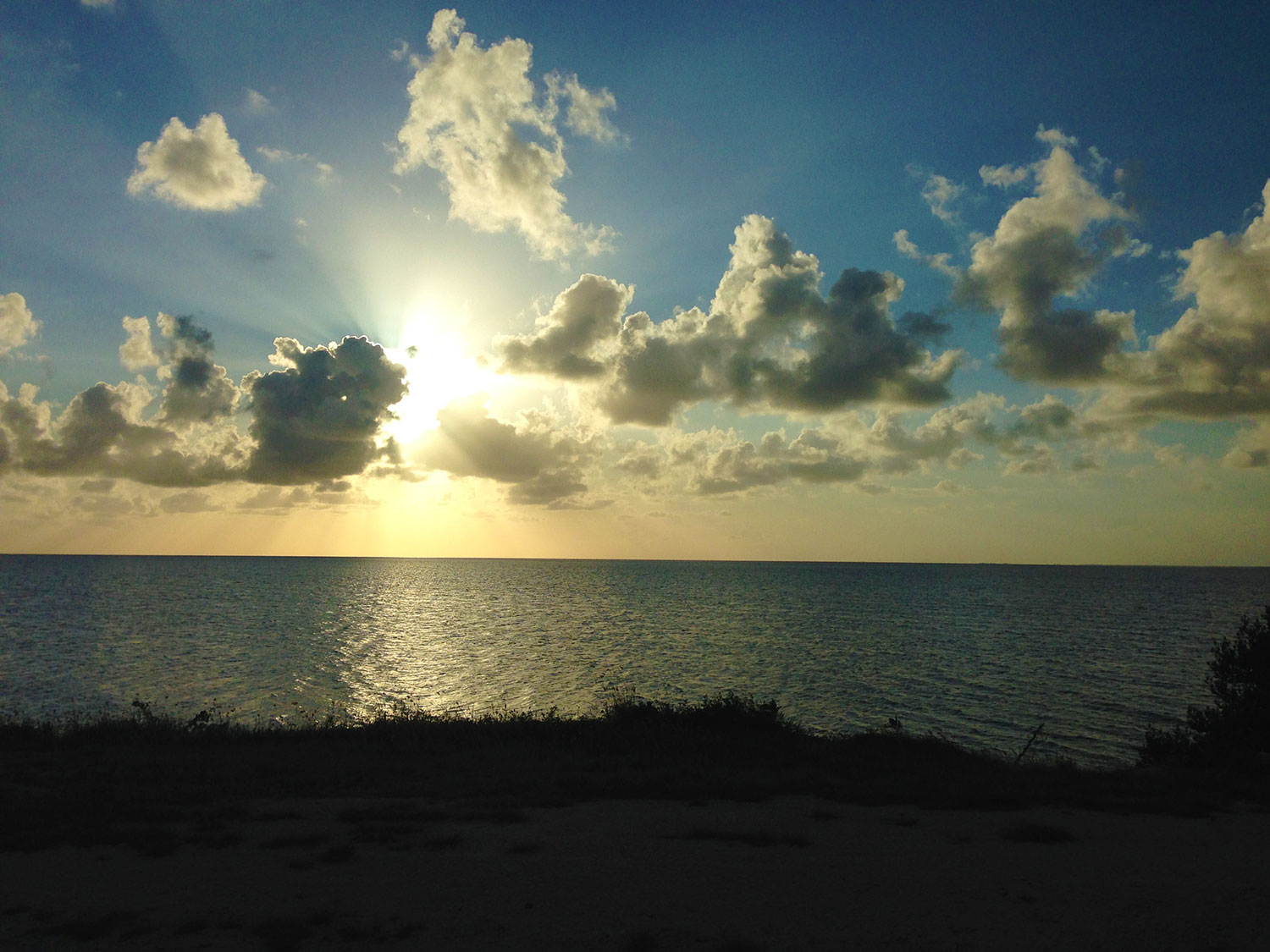Blog
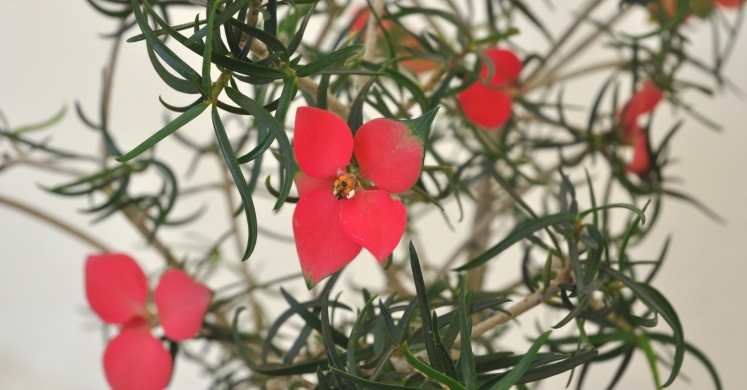
Tiny Birds, Big Rodents and Other Life in Cuba
As part of the three-year planning and design process behind our upcoming Tropical Forest exhibit, Dr. Emily Kalnicky and Jordyn Melino are traveling to Cuba to study first-hand the region’s biodiversity hotspots, natural resources and culture. Follow their adventures!
This morning, we drove an hour to the province of Holguin, located along the eastern coast. We met with Carlos Piña, an ornithologist and researcher, who gave us a tour of the National Museum of Natural History. The building was constructed during the Spanish colonial era, which is reflected in its design and detail, including the stained glass windows in the archways. The building became a museum in 1965 and houses a variety of specimens from Cuba as well as around the world. The collections range from fossils to mammals, reptiles to minerals.
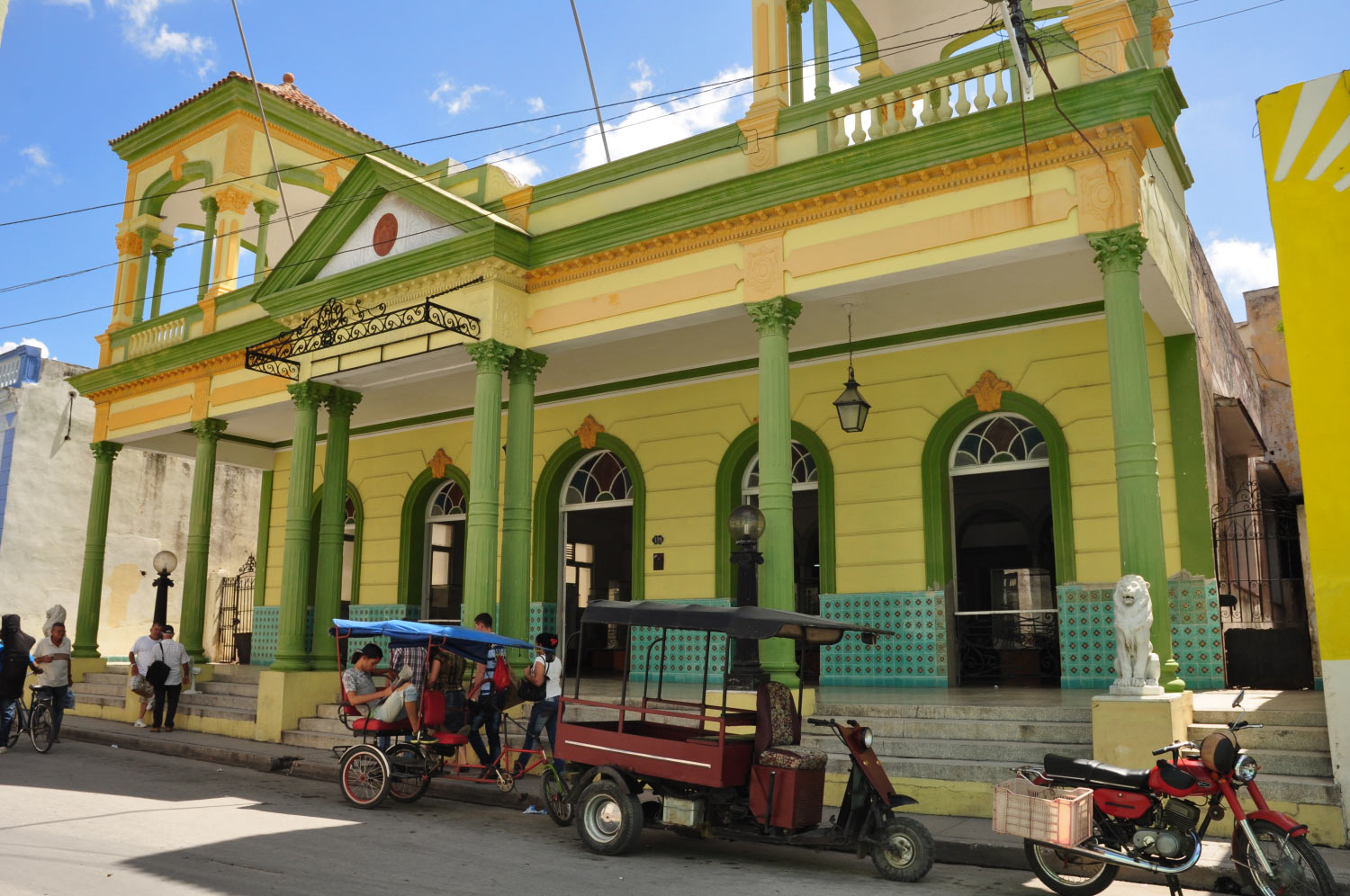
Carlos showed us the collections of hutia, a large rodent; home to ten distinct species, all of which are endemic, Cuba has the largest, most diverse population of hutia in the world. Cuba is also home to 27 endemic bird species, including the world’s smallest bird — the bee hummingbird — and one of the world’s smallest owls — the Cuban pygmy owl. The country also has 27 species of bat, three of which are endemic; 142 species of reptiles, 113 of which are endemic; and 45 species of frog, including the world’s smallest, Eleutherodactylus Iberia.
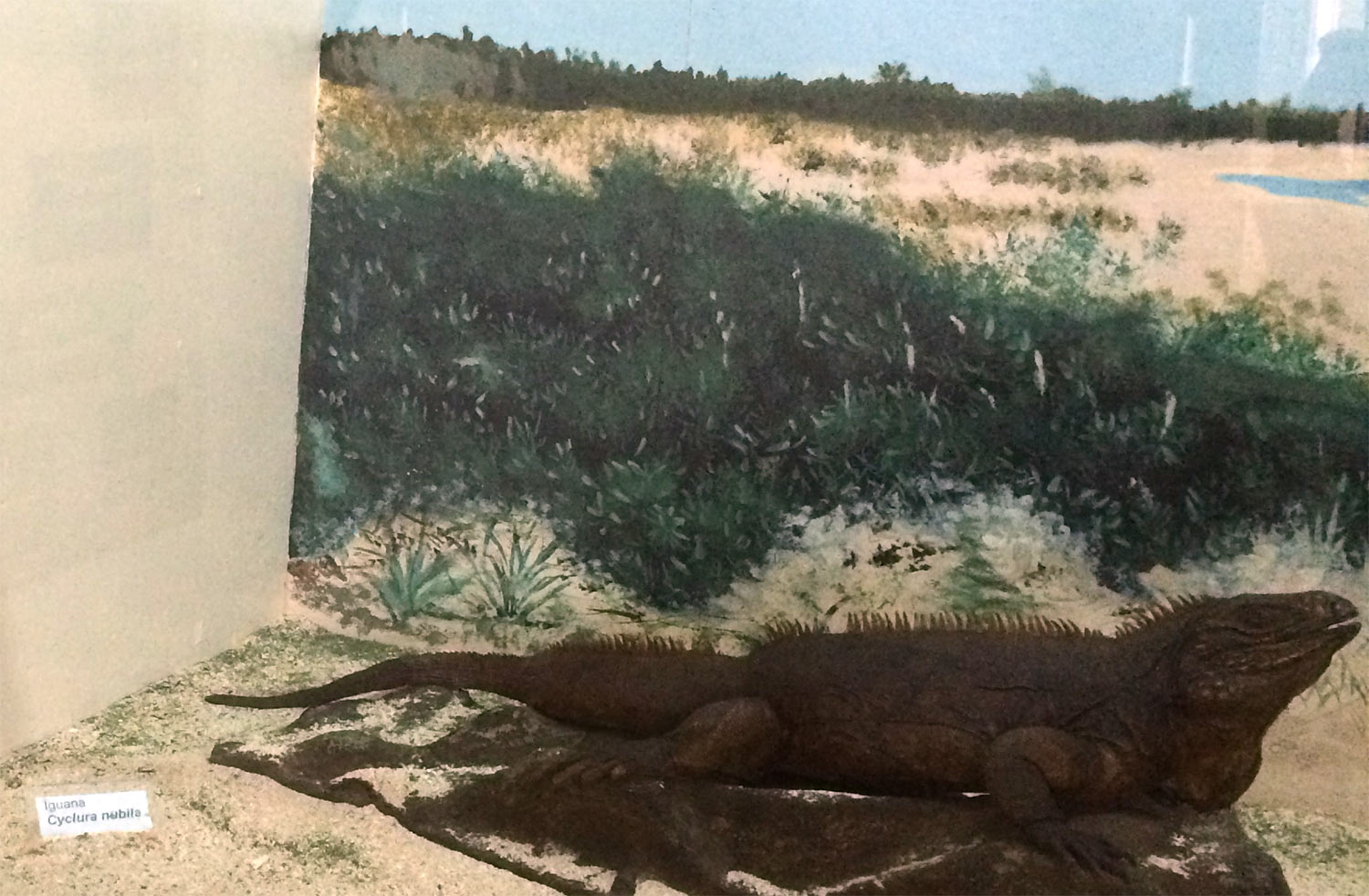
Carlos works for the Ministry of Science and is currently focusing on the Tyrannus cubensis. This species of bird was originally native to both Cuba and the Bahamas, but is now considered extinct in the Bahamas, so it is important to preserve and protect this species in Cuba. Throughout the country, they have been performing population density counts through transect walks and listening for the birds’ calls. Carlos also took us out to the museum’s courtyard to show us some of the potted plants and bonsai, a more informal collection. He showed us the flower of Holguin, Euphorbia apollocarpifolia, which has a nice peachy pink color of bracts and small lavender-like foliage.
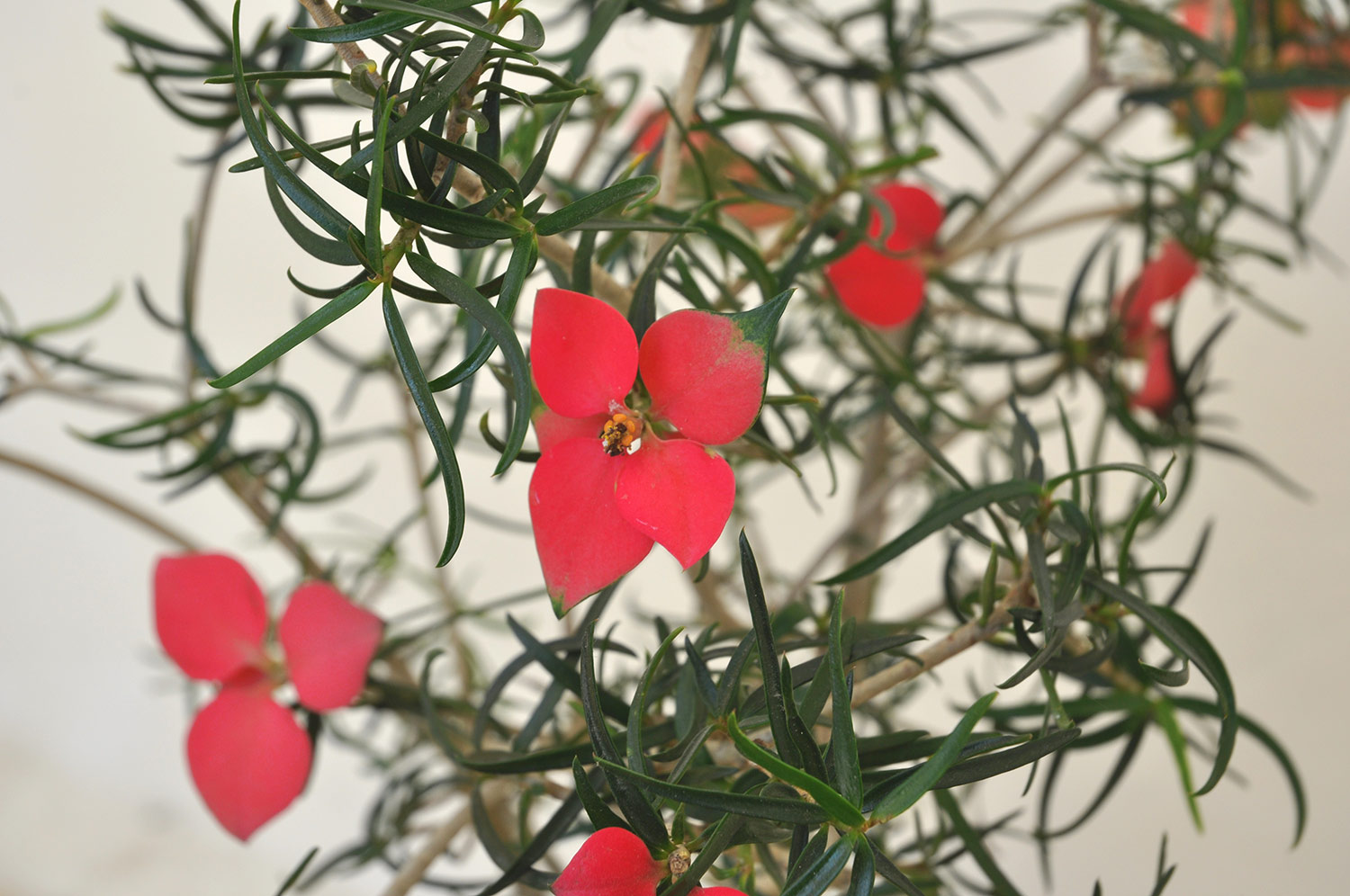
After the museum visit, we walked across the street to check out an outdoor cut flower market. It was a small courtyard with quite a few vendors set up with buckets of cut flowers. It smelled fresh and lovely. As in the United States, roses are still a common find in these markets, but there were also local sunflowers and tall stalks of white flowers. We then stopped at a local paladar for a quick lunch of vegetable soup, fish, and colored rice with vegetables, a pretty typical meal for us along the way.
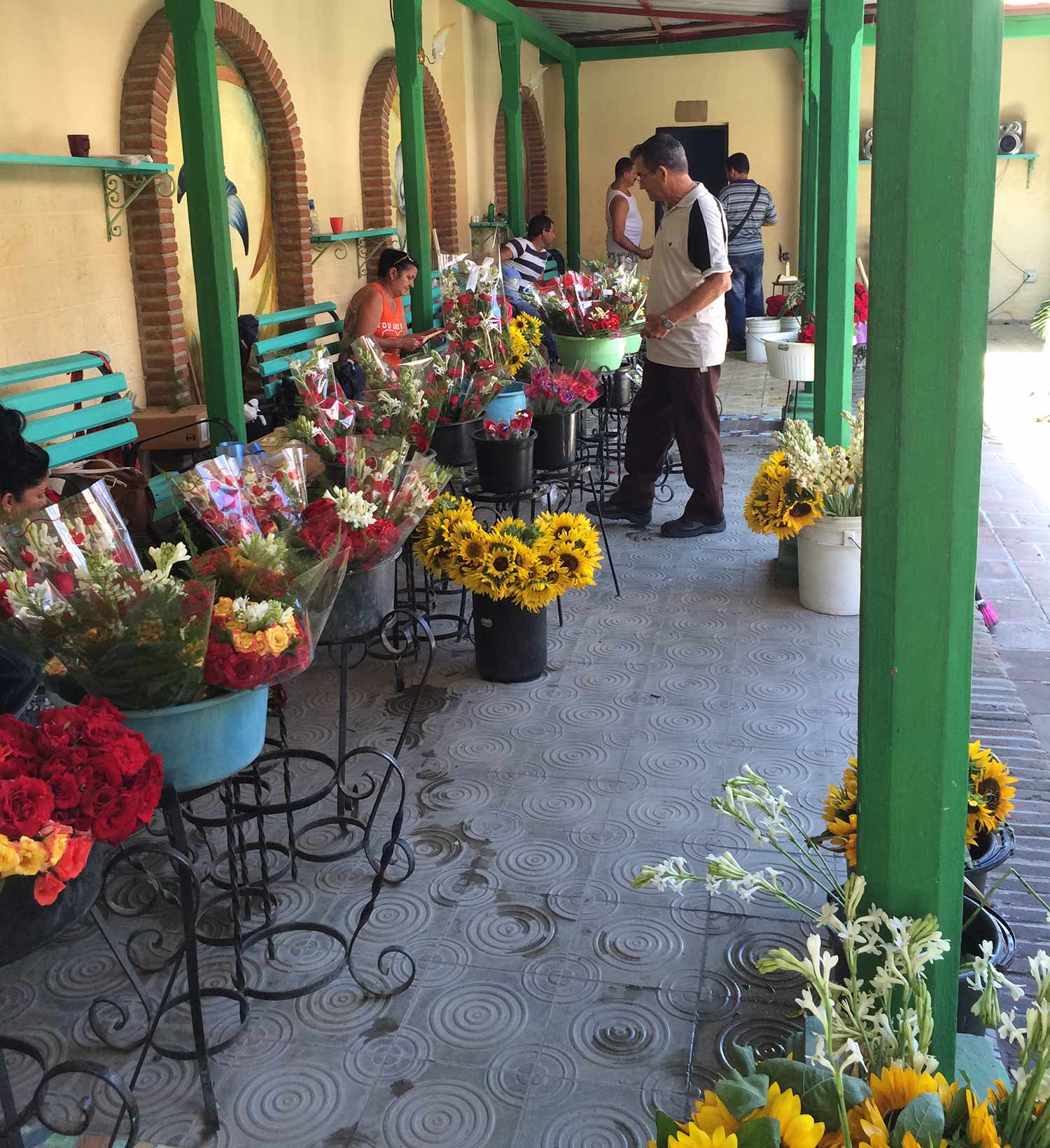
We had a long, six hour drive to our next destination, Cayo Coco. We passed through Camaguey, and then headed north through small towns up to the coast. Cayo Coco is an island just off the northeastern coast, so in order to get there, we drove over a 27km causeway. Cayo Coco is a beautiful island, with a large diversity of birds and a healthy coral reef just off the beachline, but the development of hotels on the island, and the road to get there, has hurt the local populations. We were told that the hotels on the island are required to use native plants in their landscapes, though some hotels still use more ornamental non-natives around their main entrances.
